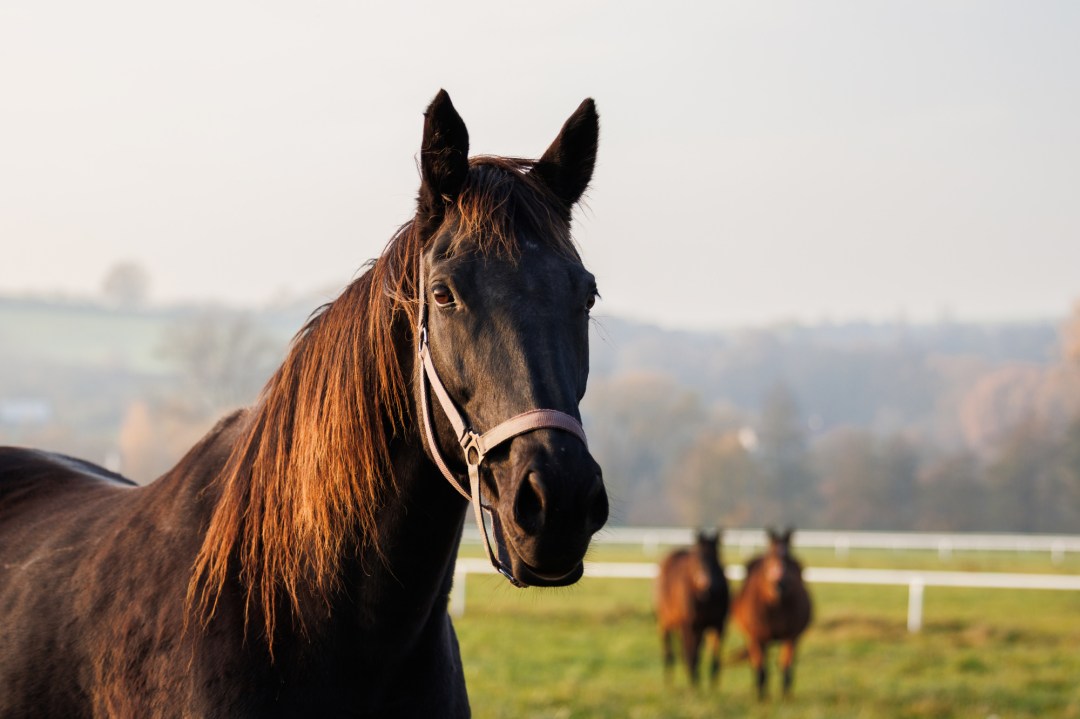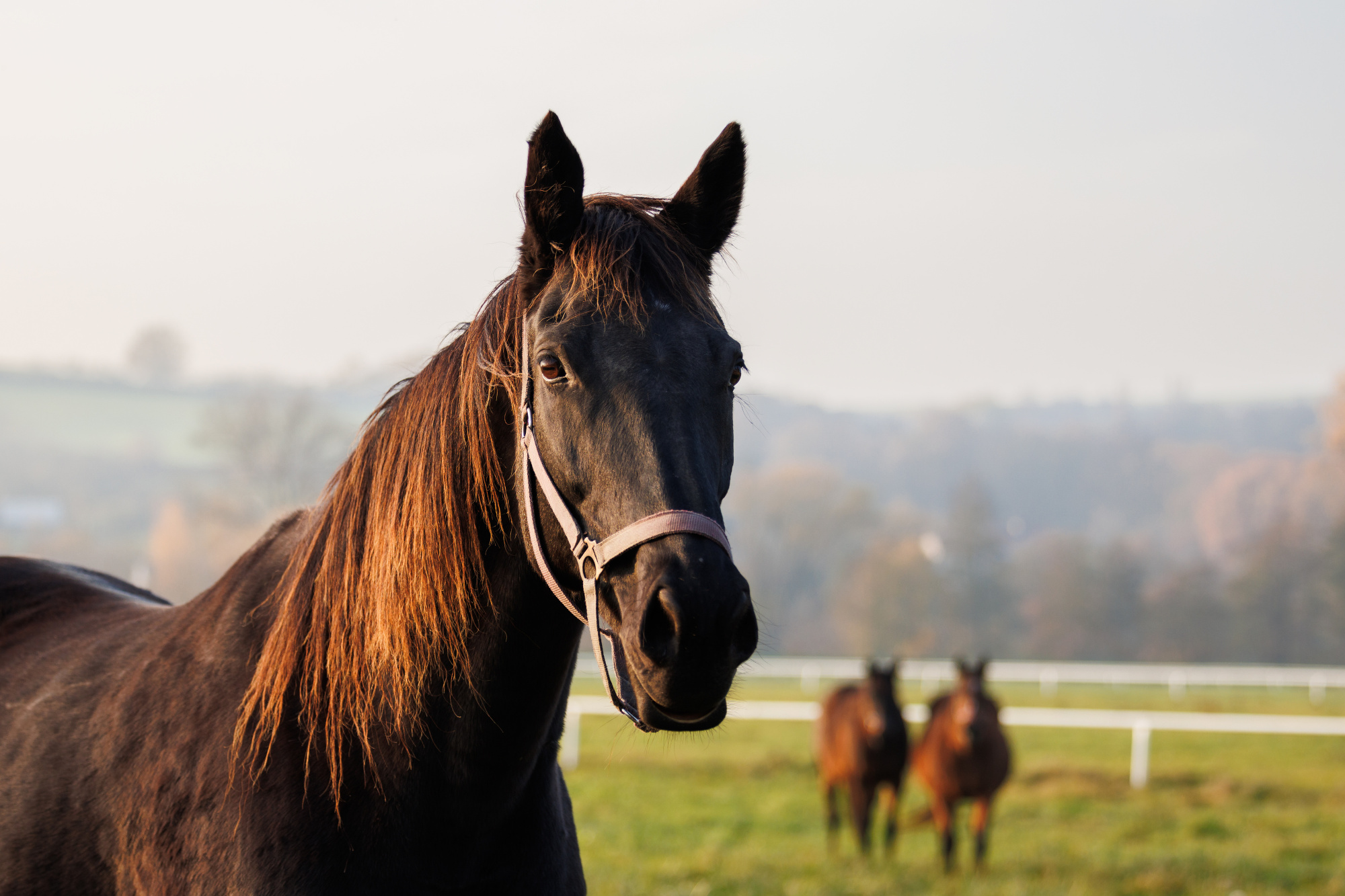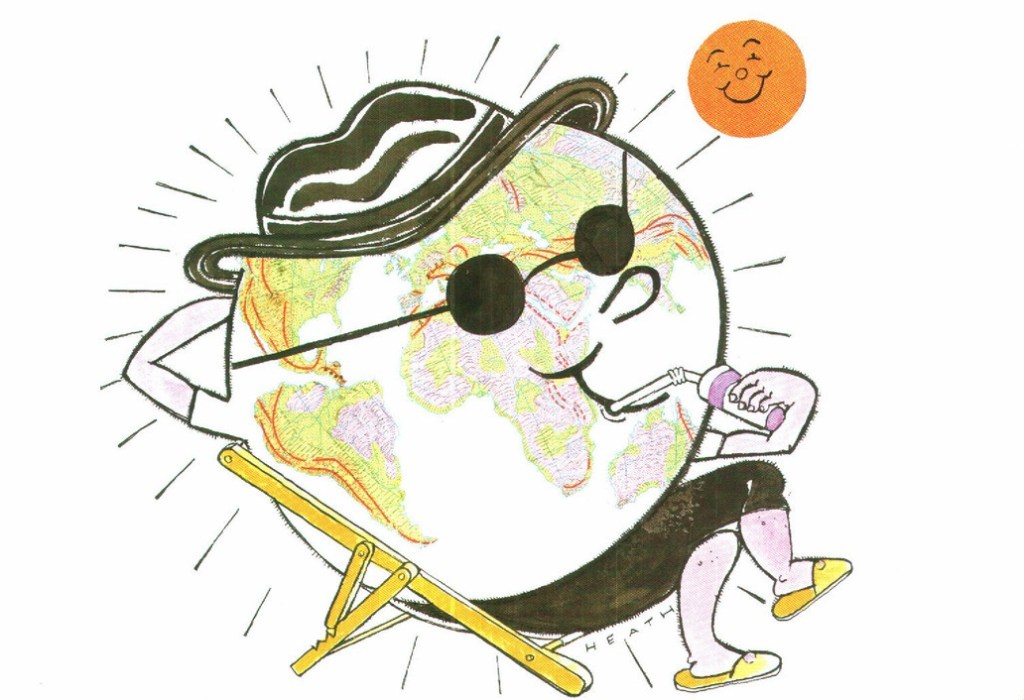There’s not much to do in Almaty, Kazakhstan. You can take a peek at the pretty wooden Orthodox cathedral, which is possibly the world’s third tallest wooden building, and erected without nails around 1904. You could visit the site of Leon Trotsky’s house, where he lived in internal Soviet exile from 1928 to 1929. However the house itself has vanished, replaced by the Luckee Yu Chinese restaurant, a chic European ‘cheeseria’, and the Caspian University branch of Starbucks.
On the other hand, Almaty is a genuinely agreeable, hedonistic young city. The Tien Shan mountains loom right behind, like a row of Ku Klux Klansmen sprinkled with party glitter: a spectacular if slightly menacing backdrop. The leafy centre is full of fountains, cafes and beautiful young Kazakh women. And the restaurants of Kazakhstan’s vibrant cultural capital serve, I am told, the best horse meat in the world. Which I am intent on trying, as my motto in life is: ‘try everything twice’ (you may get it wrong the first time).
At this point, I imagine a few Spectator readers will be turning away in revulsion at the mere idea of hippophagy. Or maybe ennui in the sense of ‘been there done that’ – after all, our French cousins notoriously eat horse-meat with insouciance, alongside quite a few British tourists.
Nonetheless, I believe there is a special case for eating horse in Kazakhstan: because the long history of Kazakhstan is intimately braided with humanity’s storied and complex relationship with horses. Therefore, this vast country of steppes, grasslands, nuclear testing sites, decaying gulags, oil wealth, Alpine lakes, disappearing seas and quite decent wine may have something to teach us about our strange, schizo, eat-pray-love attitudes to equus caballus.
The very first people to domesticate the horse lived in what we now call Kazakhstan. They were the Botai, they thrived about 3000 BC. In Botai settlements archaeologists have unearthed huge middens of horse bones, proving that the Botai kept horses for meat, and for milk (kumiss – mare’s milk – is still prized in central Asia). The Botai were also, many experts believe, the first people to ride horses.
From this point in time and place, the domesticated horse spread throughout Asia into Europe and Arabia (in Africa it suffered because of the tsetse fly). It also crossed the Bering Straits, though it died out in the Americas around 10,000 BC, and only reappeared with the Conquistadors (Aztecs who encountered their first Spaniards on horseback thought they were seeing singular, fused, centaur-like creatures).
The early history of the horse in Kazakhstan also illustrates the very mixed and changing human relationship with these noble beasts. If the Botai were pragmatic horse-butchers and kumiss-men, the later Sintashta had an entirely different view – they pioneered the chariot (which first appears in Kazakhstan around 2000 BC) and thereby lauded horses as Godly creatures, able to make men fly like the wind – and conquer horse-less enemies. We know this because the Sintashta reverently buried entire chariots, plus horse skulls and harnesses. Horses by this time were heroic animals worthy of regal graves.
Many civilizations since the Sintashta have shown similar religious respect for the horse. The one Celtic God recruited into the Roman pantheon was Epona, the goddess of horses. To the east, the Indian Vedic kingdoms (around 1000 BC) sacrificed horses, but only after the chosen stallions had been allowed to wander freely for a year. In China, emperors of the Han Dynasty (circa 100 AD) lusted after prized steeds, like the ‘Heavenly Horses of Ferghana’ – a type of central Asian horse alleged to sweat the blood of dragons.
Not surprisingly as the horse grew in status, symbolism and military/political significance – the Mongols conquered half the world with brilliant horsemanship – edicts and taboos came into being, discouraging the casual killing and eating of them. In 732, Pope Gregory III condemned horse-eating – seeing it as a pagan taste popular with Teutonic tribes. In a letter to his contemporary, St Boniface, he called it a ‘filthy and abominable act’. This prohibition was reiterated by later pontiffs.
Meanwhile in Shinto-Buddhist Japan of the seventh century, horse eating was forbidden as a kind of heresy, the same happened in Buddhist India (where horses were almost as holy as cows). In Islam the eating of horses was allowed only under severe circumstances – such as wartime or famine – otherwise it was makruh, ‘discouraged’. Much later, in the English-speaking world, horse eating came to be viewed as disgusting, and immoral – for reasons too complex to untangle here, but surely related to class – horse-racing being the ‘sport of kings’.
Given all these anti-hippophagic diktats, how then has horse eating survived and thrived? One theory for the revived popularity of horsemeat in France is that the taboo was broken when Napoleon’s Grande Armée, starving in its frigid retreat from Moscow, began to eat its own horses (sometimes alive). The few remaining soldiers thus came home to France with a new relish for steak de cheval, and the rest is gastronomy.
As things stand, the pattern of horse-eating worldwide is as patchy as a dappled yearling. While it is still disdained in the Anglophone world, in Japan they got over their scruples and now enjoy basashi (raw horse meat sashimi); in northern Italy they love pastissada de caval – slow-cooked horse stew in wine. In Belgium they like an old nag in a banger, whereas in Eastern Europe they do a decent horse jerky. Further afield, the Chinese eat horse with noodles and the Argentinians scoff dobbin in empanadas.
Me? I’m having a horse tenderloin in one of Almaty’s trendiest steak restaurants (about five minutes from Trotsky’s disappeared house). My waiter advises me to have it rare, which turns out to be good advice as when my horse-steak is all devoured my plate is covered with blood.
Verdict? It’s good. With crunchy sea salt and a hint of paprika it’s decidedly good, lean but flavoursome, with a hint of gaminess. It’s basically venison meets beef, and goes really well with my double fried chips and padron peppers. Would I recommend everyone to try it? Of course not, although I think the moral arguments against eating it are absurd, especially for anyone happy to eat pigs, cows, ducks or little gambolling lambs. In short, my view is: each to his own, and horses for courses.









Comments